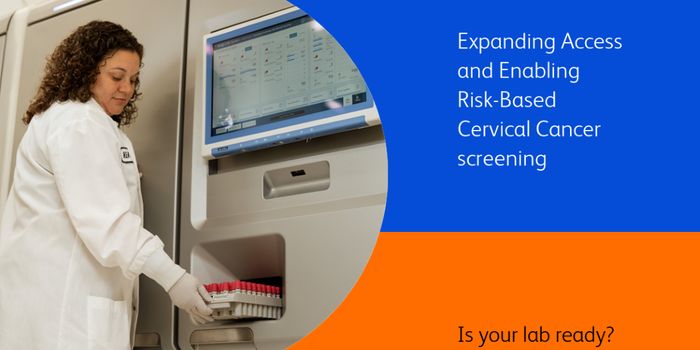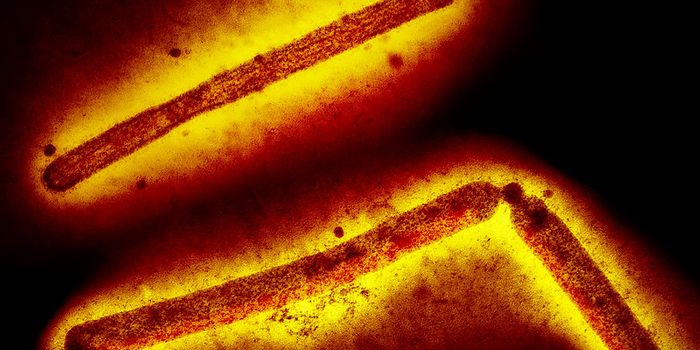Gut Microbes Could be Used to Diagnose Autism
Autism spectrum disorder (ASD) is a term used to describe a variety of behaviors that appear in early life, such as communication deficits and repetitive habits. The causes of ASD are still unclear, although genetic and environmental factors are thought to play a role. Alterations in brain development and the gut microbiome have been identified in patients. The impacts of the disorder can range, but some ASD patients have difficulty leading independent lives.
Many ASD patients have gastrointestinal symptoms, and antibiotic exposure in early life, which can alter the gut microbiome, is one environmental factor that is thought to have a major impact on autism risk. The microorganisms of the human gut microbiome are known to be able to effect the brain, in a relationship known as the gut-brain axis. Scientists have also shown that the transfer of human gut microbes from ASD patients to a mouse model can promote the development of ASD symptoms in those mice (such as sociability and avoidance). While these connections have been established in recent years, scientists are now working to determine exactly which gut microbes may affect ASD development.
A new study has examined the microbial species that could potentially be associated with ASD risk, whether those microbes are bacteria, archaea, fungi, or viruses. They used a metagenomic analysis to identify all of the microbial species in fecal samples obtained from volunteers aged one to 13, about one-quarter of whom were female. The investigators also had health data for these children, so they knew which samples were from ASD patients.
The investigators also controlled for other confounding factors such as medication use. The work revealed 14 archaea, 51 bacteria, seven fungi, and eighteen viruses, along with 27 microbial genes and a dozen metabolic pathways that changed in children with ASD.
These differences can potentially be used to diagnose ASD in both males and females in a non-invasive way, the researchers suggested, although more work will be needed to confirm these findings and develop the appropriate assays. The findings have been reported in Nature Microbiology.
Sources: Nature Publishing Group, Nature Microbiology









